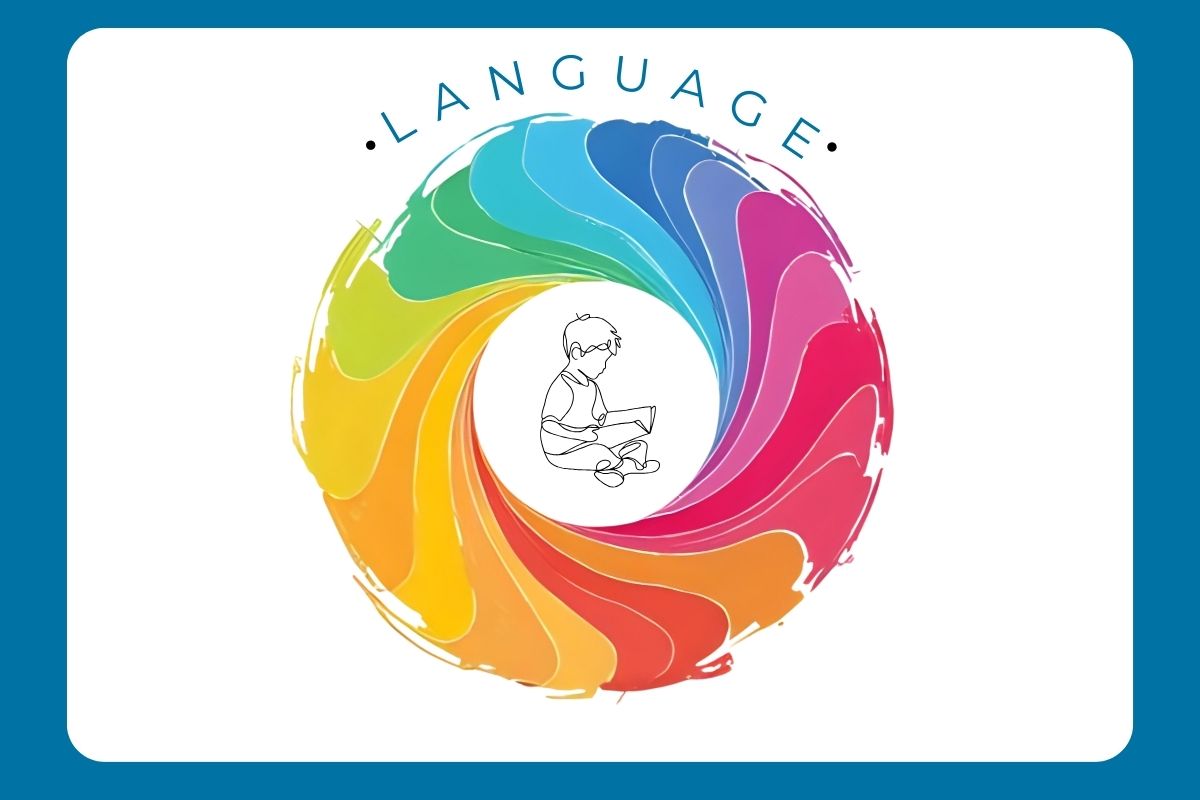Early Language Development
Overview
This course provides a comprehensive, research-based introduction to how children develop language from birth to age eight, with a focus on both comprehension and production. Participants will explore the five core components of language—phonology, semantics, morphology, syntax, and pragmatics—as well as the brain systems that support them. The course highlights developmental milestones, individual variability (including bilingualism and neurodivergence), and the powerful role of environmental input in shaping language skills. Through accessible explanations, video demonstrations, and evidence-based classroom strategies, this course equips educators and caregivers with the knowledge and tools to support equitable language development in diverse early learning environments.
Learning objectives
- Identify and describe the core components and developmental milestones of early language development from birth through age 8
- Explain how environmental, neurological, and individual factors (e.g., bilingualism, neurodivergence) influence language acquisition
- Apply evidence-based strategies to support comprehension, vocabulary, and expressive language in early childhood settings
